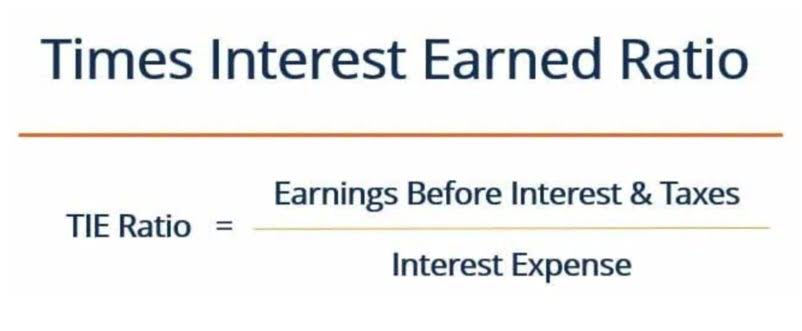IAS 38 Intangible Assets
- Bookkeeping
- 24 de março de 2023

This can be due to changes in qualities (more appropriate skills or embedded technologies) or to better methods of organization. “Productivity trends in advanced countries between 1890 and 2012,” Review of Income and Wealth, 2016, Volume 62, Number 3. This suggests that an increase in intangibles investment may trigger an increase in total factor productivity, and therefore long-term economic growth. Maybe you have created some other intangible assets, like brands, customer lists, publishing titles, mastheads or similar.
Initial recognition: research and development costs
The useful life of this tangible asset would be five years, and it can be sold for a salvage value to be used as spare parts to meet another person’s needs, like a salvaged car. The useful life of this patent – an Intangible Asset – would be 20 years. However, there are times when you use the economic returns generated from such an asset to produce other assets. In such a case, the Amortization cost forms part of the cost of the other asset.

Development
The new pharmaceuticals are expected to generate revenues in excess of $20m and have a useful life of five years. In 20X3, Entertain Co entered into negotiations to acquire the Gadgetworks brand from Gadget Co for $1.2 million. This would give Entertain Co the ability to sell products under the Gadgetworks brand and give access to the Gadgetworks web domain name. Entertain Co did not wish to acquire any other assets of the Gadget Co business, such as the other brands or properties so therefore had no interest in acquiring the Gadget Co business as a whole. This process allows businesses to automate the entire crypto accounting process in a controlled, auditable way. This expense is simply the cost (purchase price) divided by its useful life.
Corporate Intangible Assets Grew to USD 61.9 trillion in 2023 – WIPO
Corporate Intangible Assets Grew to USD 61.9 trillion in 2023.
Posted: Wed, 28 Feb 2024 08:00:00 GMT [source]
Tangible vs. intangible assets on the balance sheet
Importantly, there’s also a difference between how created versus acquired assets are valued. Accounting uses historic costs to calculate the value of a company, whereas market value comes from how investors perceive the future of the company. This is especially true for assets with no fixed lifespan, like a brand name. However, these expenses are important because they represent a future financial benefit for the company, as ultimately they add to earnings.

Intangible assets add value to a business, with examples being brand recognition and perceived customer value. While hard to quantify, especially when the asset’s lifespan is indefinite, these assets are important to revenue and profitability. On the flip side, when intangible assets are no longer contributing to cash flow or lose value, they can become an impairment in accounting. Intangible assets also have much to offer by way of competitive advantage since they help create perceived customer value. This comes into play when a business is bought or sold, as intangible assets add value beyond the book value of the tangible assets. Of course, since many intangible assets have long or undefined lifespans, evaluating which is better will ultimately be more of a business choice than an exact, calculable amount.
How to Calculate the Amortization of Intangible Assets
Low productivity growth in the US has been a long-standing worry and a challenge to rising living standards. One suggestion to raise productivity growth is to increase investment. These two factors interact to produce an underestimate of productivity growth that can account for one-third to two-thirds of the observed decline. Hence, productivity may be growing faster than we think, but some of it goes to rents (market power) and some to the owners of intangible capital. However, investment shifted away from production sectors that were often relocated abroad. Physical capital investment was lackluster, but investment in intangible capital grew.

Journal Entry for Intangible Assets With a Limited Life
Calculated intangible value is a way to determine value for intangible assets that isn’t linked to a company’s market value. Since intangible assets are by nature hard to define, their importance to a company can also be difficult to quantify. In accountancy terms, acquired assets are shown on the balance sheet, while those created by the company are treated as expenses, rather than as assets. Nevertheless, intangible assets have great value to a business and can be a key piece of the company’s success and financial valuation. Let me just add that the revaluation model is not applied very frequently for intangible assets because there must be an active market – which is rare. This derives from the fact that more intangible assets have indefinite useful lives than physical assets.
UKEB publishes user survey on accounting for intangibles
- As discussed above, you cannot recognize internally generated intangibles as intangible assets except for a few.
- List depreciation and amortization expenses on your income statement.
- However, the sales boost from investing in, say, a real-time promotion platform is less certain.
- In contrast, intangible assets that have been acquired are shown on the balance sheet.
- Sometimes there is a choice involved when a new asset is needed, which comes down to a business decision about which approach will be more valuable to the company long-term.
- R&D spending, one of the dominant forms of intangible investment, is expensed in accounting data.
- The recognition of internally generated intangible assets within the consolidated financial statements is regularly examined within section C of the exam.
- Depreciation and amortization are tax deductions you can claim with the IRS.
- This suggests that an increase in intangibles investment may trigger an increase in total factor productivity, and therefore long-term economic growth.
- This includes using (intentionally or unintentionally), mimicking, or copying another entity’s brand name, logo, or other assets.
- (b) Internally generated intangible assetsThis is where the standard starts to get a little controversial.